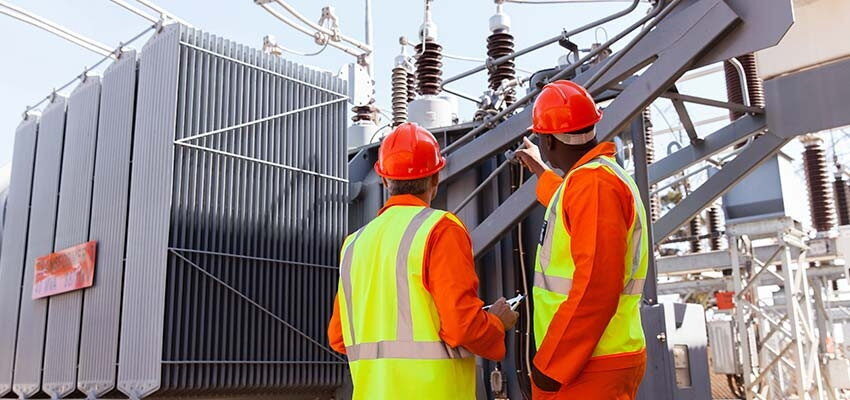
Low voltage single-phase excitation for power transformers
To verify that the inner design and its performance are satisfactory and that there are no failures in the winding insulation system and core displacement...
byZhan Yangang

To verify that the inner design and its performance are satisfactory and that there are no failures in the winding insulation system and core displacement during long-trip transport, we need to do several tests such as SFRA test or single-phase excitation test. Defect in magnetic core structure, shifting of windings, failures in turns to turns or block to block insulation or problems in tap changers are conditions that change the effective reluctance of the magnetic circuit, thus affecting the current required to establish flux in the core. In order to deal with these problems, we would use low voltage single-phase excitation for power transformers. This is also a kind of auxiliary judgment method to guide us about the condition of transformer.
In the transformer factory, we also use low voltage single-phase excitation during the semi-finished processing of the products, another test to help us confirm the product before the final assembly. This may take several attempts, but if the product is defective, it will reduce labour and financial resources. This test may find that the quality is defective which cannot be found in turns ratio test and winding resistance test. For example, a short-circuit fault between the winding parallel wires will not be obvious in the turns ratio and winding resistance or other test, but it will indeed be evident in the single-phase excitation test because when we do the test, we will see that current change occurs.
We always use 220 V / 380 V single-phase excitation for diagnosis. The test voltage should normally be applied from the low voltage (LV) side for easier connection. This test method can more or less be performed with the Doble test set or another tester designed for this purpose. (Doble test set always supplies 10 kV to the high terminal but has the same purpose.) This method is safer and easy to perform because not every client has the Doble unit but a usual contact voltage regulator. One should be aware of voltage appearing at other terminals and to ensure safe limits are not exceeded when performing the test. A note should be taken with regards to safety considerations when performing these measurements. Also, just to note on terminal designations, it is probably best to keep it simple, e.g. A-B-C-N for HV and a-b-c-n for LV etc., mainly to keep it easy and consistent for the reader. Before you perform the test, it is important to review the factory test report to determine if the tap position and test voltage are in a same condition as when the test was performed in the factory, otherwise, you will get the wrong guidance.

Figure 1: Standard requirement for single-phase excitation







